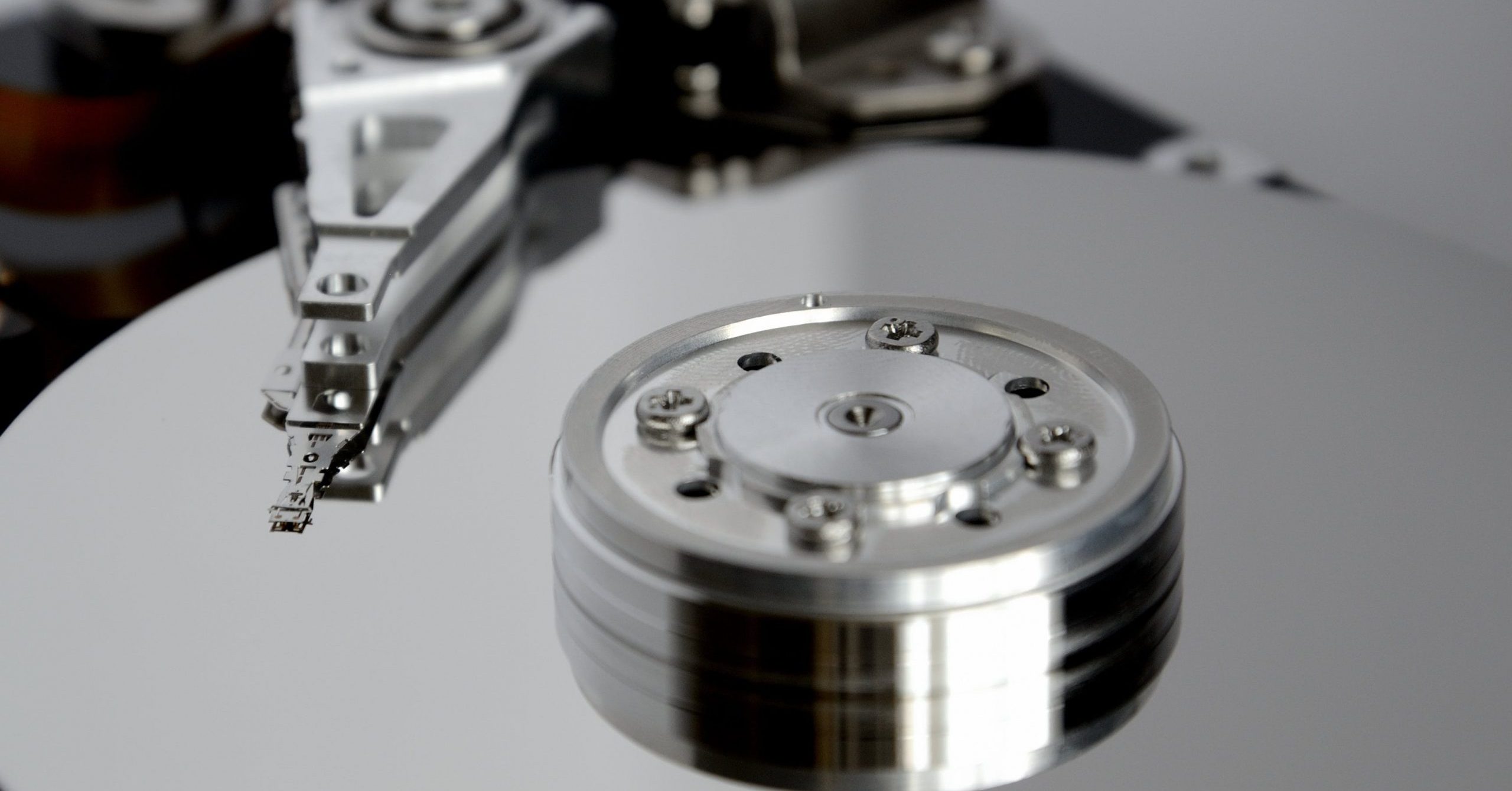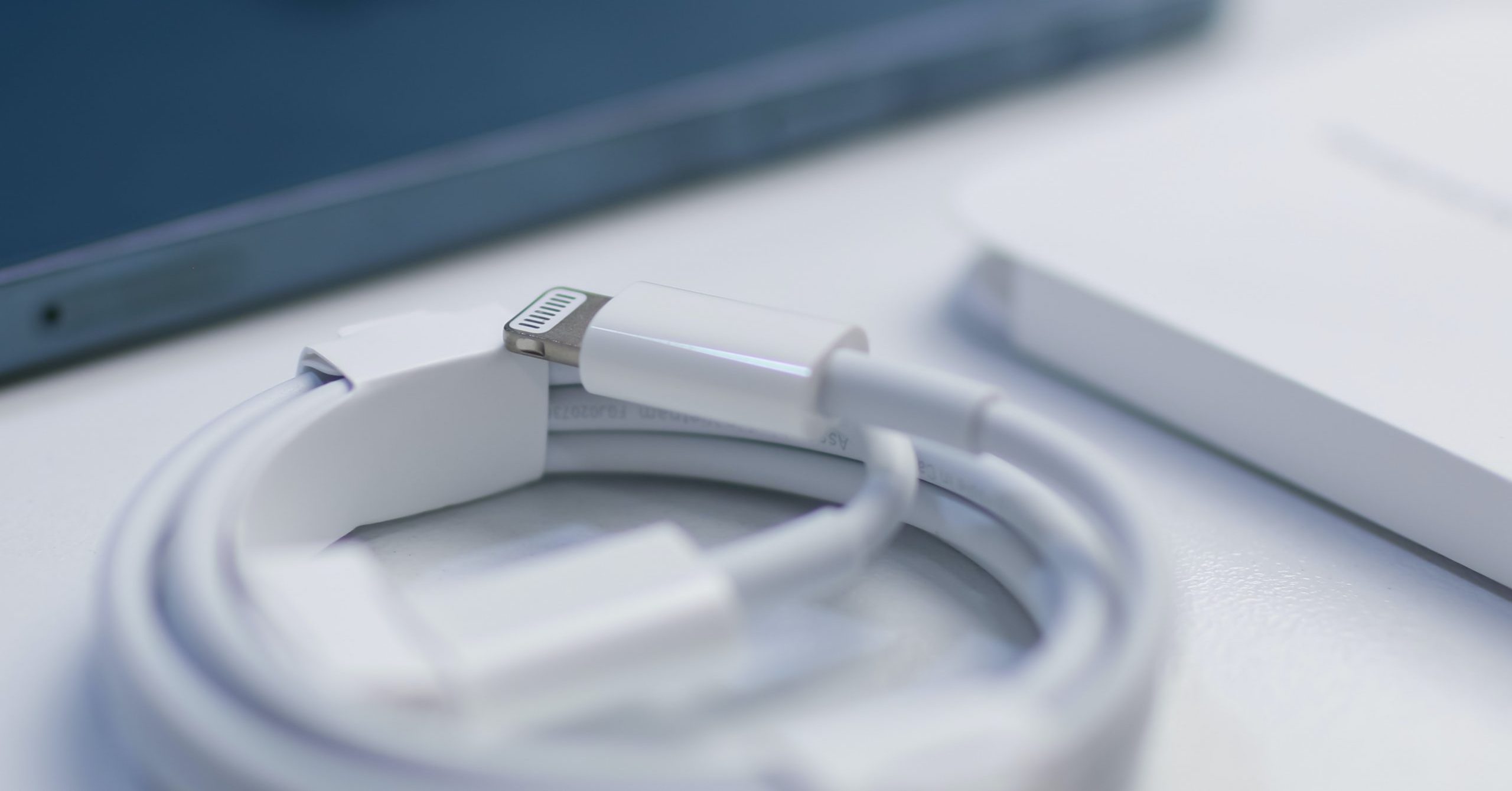By John Ahearne, Forensic Analyst When data is is needed for use as evidence, it…
Microscopic Particles Can Cause Huge Damage

When a data recovery service provider is needed, be sure the facility has the proper industry certifications. Otherwise, the data you are missing may be at a much higher risk of being unrecoverable or even permanently destroyed.
The Dangers of Microscopic Particles in Data Recovery
As the platters in an HDD speed along at an average rate of 7,200 RPM, a cushion of air is created on which the actuator arm and read/write heads float a mere 3 nanometers above the fragile surface of the rotating disks. This fly height is microscopic, and it is essential to the functionality of the drive.
Extreme damage and data loss can result if any particulate matter (even something as thin as a human fingerprint) gets between the surface of the rotating disk and the read/write heads. Any foreign object could be struck by one of the heads, causing damage to the mechanism and destruction of data.
Required: Certified ISO Class 5 Cleanroom
The data recovery company you choose should have a Cleanroom in which disabled drives and other sensitive equipment can be inspected and worked on without introducing any additional risks of contamination, damage or data loss.
In an average outdoor environment, one cubic foot of air could contain more than 35 million particles (dust, dirt, ash, smoke, etc.) bigger than 0.5 microns in diameter.
Indoor air is a bit cleaner, although there could still be roughly 1 million similar-sized particles in a cubic foot of atmosphere from an indoor location.
In an ISO Class 5 Cleanroom, like the one DriveSavers has, less than 100 particles bigger than 0.5 microns are present per cubic foot of air, making it safe to open up and work on hard drives and other sensitive data storage devices without fear of contamination.
Reduce Risk, Increase Recovery
Regular audits should be conducted to measure and certify the effectiveness of a Cleanroom installation while it’s in use. Some data recovery companies with certified Cleanrooms had their audits performed while the rooms being tested were unoccupied and not in operation. Particle counts may differ substantially while a Cleanroom is actually in use and occupied with people.
Cleanroom engineers must wear special suits, plus protective headgear and footgear to guard against contamination. All accessories—including writing paper and pencils, cleaning tools and more—are specially designed to reduce the release of any particulate matter into the atmosphere.
How do you know if the audit was performed while the Cleanroom was in use or not? Request the “Controlled Environment Testing Report” and look for “Occupancy State.” The status of the Occupancy State could be one of three: “as-built”, “at-rest” or “operational.” You want to see “operational.”
Our Certified ISO Class 5 Cleanroom allows our engineers to work within the manufacturer-recommended limits of cleanliness during the recovery process. Take a moment to review DriveSavers current ISO Class 5 audit report, which we passed with flying colors while operational.
Have a sneak peak at the DriveSavers Cleanroom.
 |
Glossary of TermsGiven in order as they appear in the article. HDD: Hard disk drive Read/Write Heads: The mechanisms that record and retrieve information on an HDD Platters: Spinning disks in an HDD on which data is written and stored Actuator Arm: The armature from which the read/write heads are suspended over the platters in an HDD Fly Height: The distance between the platters and the read/write heads in an HDD—3 nanometers, or about 3/1,000,000,000th of an inch Cleanroom: A customized laboratory environment in which the air is filtered continuously to reduce the amount of particulate matter present Micron: A unit of measurement equal to 0.000039 inches |




